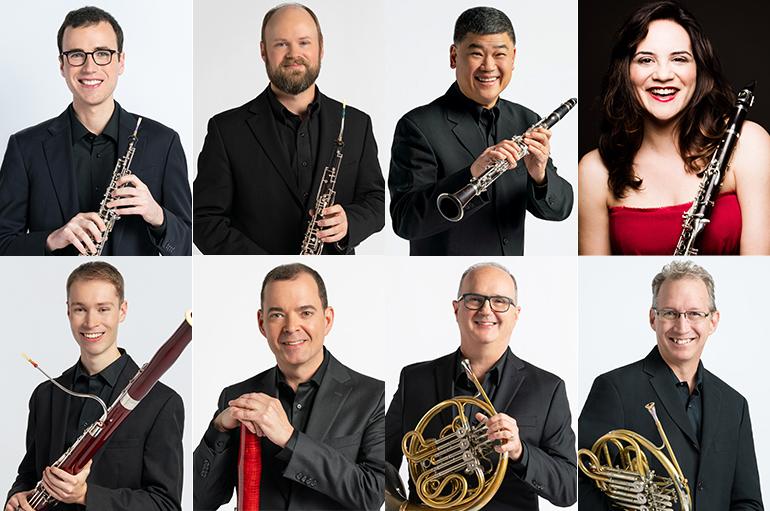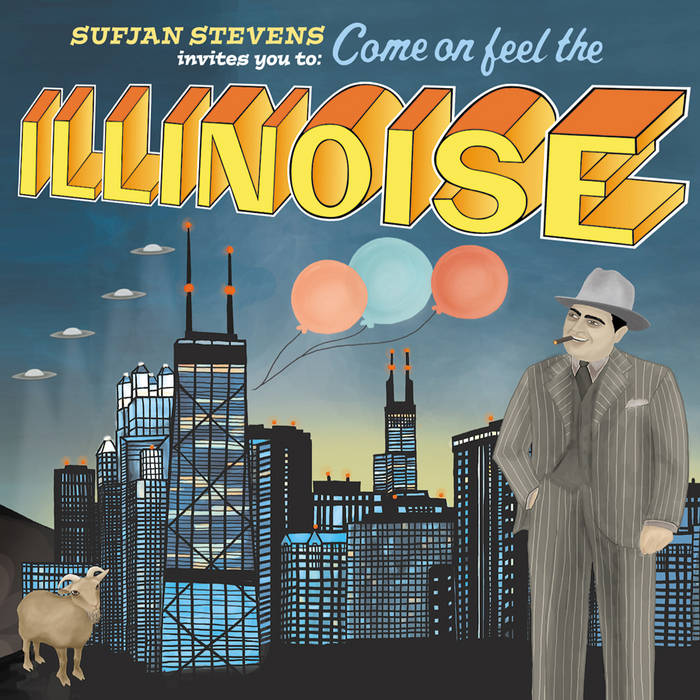If you think the American calendar is generally bereft of holiday cheer, you would be right. At least in comparison to Mexico, whose calendar boasts over 5,000 annual fiestas, the result of centuries of Spanish, African, and indigenous miscegenation. The National Museum of Mexican Art (NMMA)—the largest such museum in the nation—attempts to capture the spirit of this rich history with its new exhibit, El Alma De La Fiesta.
The exhibit coincides with the museum’s 25th anniversary and emphasizes the NMMA’s commitment to represent Mexican art of all eras and from both sides of the border.
This dynamic exhibit encompasses work from 44 different artists that span the 5th to 21st centuries, including Diego Rivera, best known for his mural work and his on-again, off-again romance with fellow painter Frida Kahlo.
Set in the main gallery, the sheer amount and variety of work featured in the exhibit is astounding, given the relatively small size of the museum’s largest gallery. Fortunately, the gallery’s intimacy doesn’t detract from the individual pieces. Instead, it gives a comprehensive picture of Mexican culture from its early times to the present. Contemporary artists’ interpretations of Aztec culture fill the first portion of the exhibition. Leopoldo Mendez’s “Preparing the Feast in Animaletalia” is a black-and-white sketch of an Aztec man wearing a mask commonly seen during feasts and festivals.
Further into the exhibit, the fusion of the native Aztec and Spanish Catholic cultures becomes more apparent. The origins of Dia de Los Muertos (Day of the Dead) can be traced to the Aztecs, but is often celebrated in Western culture as All Saint’s Day. Some works that portray this celebration are Alejandro Garcia Nelo’s “To the Family” and Diego Rivera’s “The Day of the Dead.” Nelo builds a shrine, which looks like a traditional family shrine, only on a much larger scale. An Aztec sun hangs at the top, and four skeleton angels watch over a skeleton couple. Food, flowers, and skulls labeled with names surround the couple, which represent the foundation of the family. With the contrast between the Aztec sun and angels, Nelo combines indigenous culture and contemporary, Catholic Mexican culture.
Reflecting Mexico’s strong Catholic culture, there are many pieces devoted to the Virgin Mary, including Alejandro Romero’s “The Virgins” and Josefina Augilar’s “Nativity Scene.” “The Virgins” blends multiple depictions of Mary into one procession. The images start with the more traditional Lady of Guadalupe and end with more contemporary renderings of a younger Mary. Each Mary in the picture has progressively darker skin, a contrast to the more typical portraits of Mary with light hair and blue eyes.
Josefina Augilar’s “Nativity Scene” is a clay sculpture with a spin on more conventional scenes of the Birth. Unlike more orthodox Nativity scenes that feature Mary and Joseph in a barn with baby Jesus lying in a manger, Augilar depicts the Nativity scene outside under a tree. Instead of the Three Wise Men and shepherds, animals surround Baby Jesus. Both artists dedicate their work to Mary—Romero gives tribute to the Christmas tradition of the Posadas, and Augilar to the family tradition of displaying Nativity Scenes in the home.
Not all of the works in the gallery depict specific major holidays, however. Francisco Mendoza’s “The Fiesta” is a painting of people in various Mexican attire—from an Aztec man wearing a headdress and animal mask to a woman wearing a blouse and peasant skirt. In choosing to focus on various clothing from the past to the present, he celebrates the longevity of sartorial Mexican culture.
Another artist who chose to focus on more general celebrations is Carmen Lomas Garza. Two examples of Garza’s work in the exhibit are “Making Tamales” and “Quinceañera.” Using vivid colors and relying on her childhood memories, Garza uses her life stories to depict domestic scenes; she’s considered a narrative Chicana artist because of this.
The diverse works of the National Museum of Mexican Art mark the incredible growth of Mexican-American culture in America—an 1850 census claimed there were only 50 Mexican-Americans living in Illinois. Now an estimated 1.6 million Hispanics live in Chicagoland. The museum aims to celebrate the culture of America’s fastest growing ethnic group, and with El Alma de la Fiesta, it succeeds.








